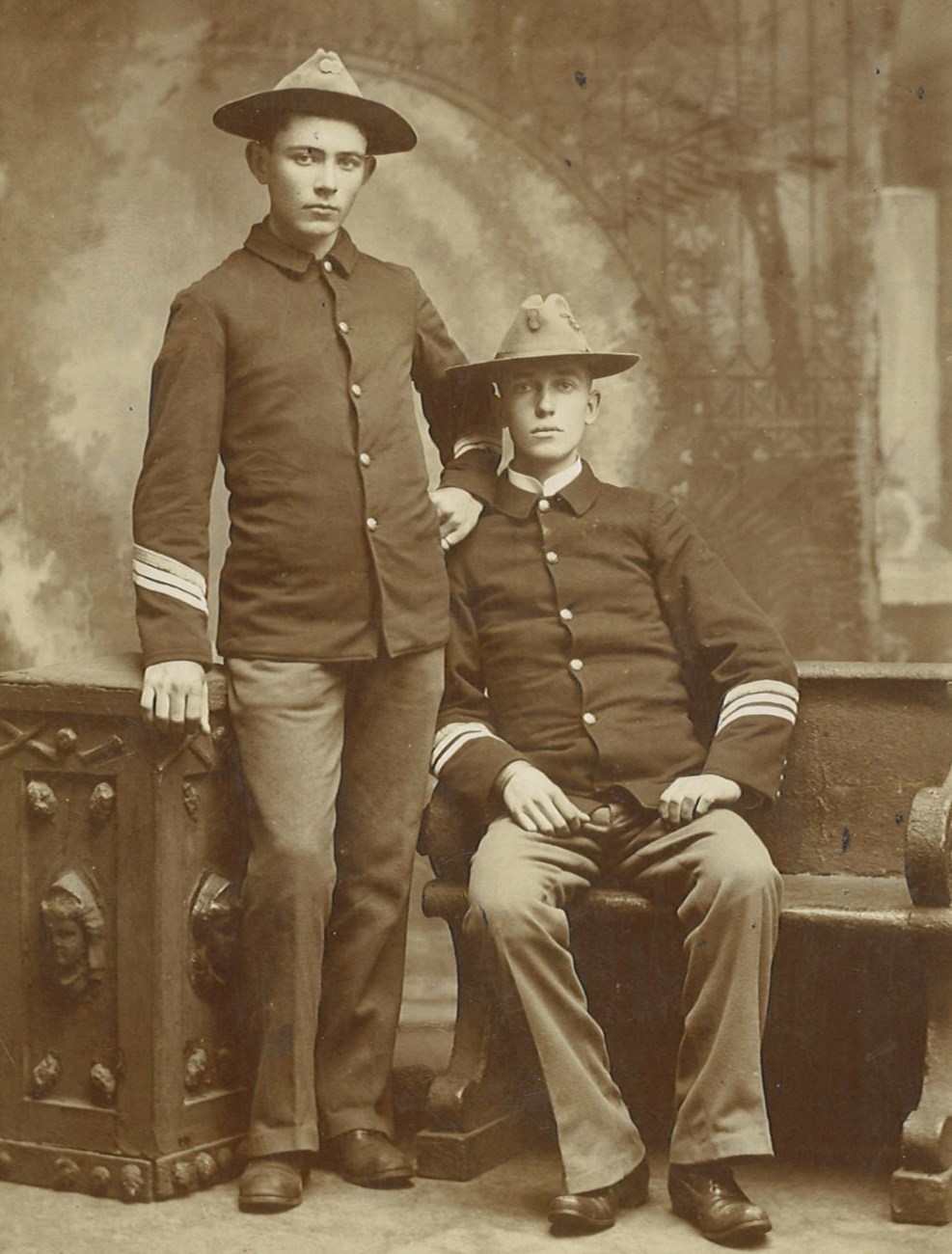Last updated: November 13, 2024
Article
Christopher Ambrose Dunnigan: An American Soldier in the Philippines

NPS Photo / FOVA 281703
In June 1898, 15-year-old Christopher Ambrose Dunnigan lived in Vancouver, Washington, with his mother, stepfather, and three sisters. That month, Dunnigan made a drastic decision: he added three years to his age and enlisted in the US Army at Vancouver Barracks, a military post located in the heart of the City of Vancouver. Just days later, Dunnigan and his fellow soldiers in Company G of the 1st Washington Volunteer Infantry were on their way to Fontana Barracks in San Francisco, with deployment to the Philippines in the near future. Under the leadership of General Thomas Anderson, Dunnigan and Company G began their journey to the Philippines in October 1898.
By the time Company G arrived in the Philippines on November 22, the United States' war with Spain had come to an end. The war resulted in the Treaty of Paris, which ceded Spanish territories in Guam, Puerto Rico, and the Philippines to the United States. However, American troops lingered in the Philippines, and American interests in the region eventually resulted in the Philippine-American War, a significant conflict fought from 1899 to 1902. Following the Treaty of Paris, Filipinos who had fought for independence from Spain became disillusioned with American intentions, leading to a struggle for self-determination. Tensions escalated into open warfare when Filipino forces, led by Emilio Aguinaldo, opposed the US military presence and efforts to establish control over the islands. The conflict was marked by fierce battles, guerilla warfare, and significant challenges for American forces as they sought to quell a determined resistance.

NPS Photo / FOVA 281704
"There was one man killed this morning and three wounded. The dead man belonged to the 2nd Oregon Regiment and the three wounded ones belonged to Company E & H of our Regiment."
As a teenager subjected to constant battle, Dunnigan continued to share his eyewitness accounts with Anne, still living in Vancouver. On February 24, he wrote her another letter on a discarded cartridge box. He revealed:
"We are in these trenches 7 days today and have been attacked nearly every day since we got here but we beat them back every time...The Filipinos shoot at them [General Anderson and General King] all the way across the field while coming here but they can't shoot worth a cent. Since we got here we have killed over 150 of them."
According to discharge papers now preserved in the Fort Vancouver National Historic Site museum collection, Dunnigan fought in multiple battles, including battles at Santa Ana, Cainta, Morong, Calamba, Taguig, and near the San Pedro Macati.
Dunnigan was the youngest in his regiment, just shy of 17, when Company G returned to Vancouver on November 4, 1899. Dunnigan had been fighing in the Philippines for a year, but he was not done with military service. On December 2, Corporal Dunnigan was assigned to the 6th Battery and given orders to return to the Philippines. He served in the 6th Battery in Manila through 1902.

NPS Photo / FOVA 281703
Upon his return to the US in 1909, Dunnigan served as corporal, sergeant, and lieutenant in several field artillery regiments. During World War I, Dunnigan received special orders to inspect National Guard units throughout Wisconsin. After completing this assignment, now-Captain Dunnigan served in the Signal Corps as a Mess Officer for the First Training Brigade at Kelly Field in San Antonio, Texas. From October 1917 to September 1918, Dunnigan fed enlisted men at this airfield.

NPS Photo / FOVA 281703
After World War I, Dunnigan served as a Master Sergeant for Headquarters Company, 81st Field Artillery. In 1923, he retired after 25 years of service. He was 41 years old.
Despite Dunnigan's retirement from military service, he was not done serving his country. In September 1942, Dunnigan began a term of active duty in the US Coast Guard Reserve, a temporary, full-time special service position. During World War II, Dunnigan worked as a guard at the Vancouver Kaiser Shipyard, where he would likely have patrolled the yard, protecting workers and the ships they built.
Dunnigan lived at his home in Vancouver with Bessie until his death on September 10, 1960.

NPS Photo / FOVA 281703
